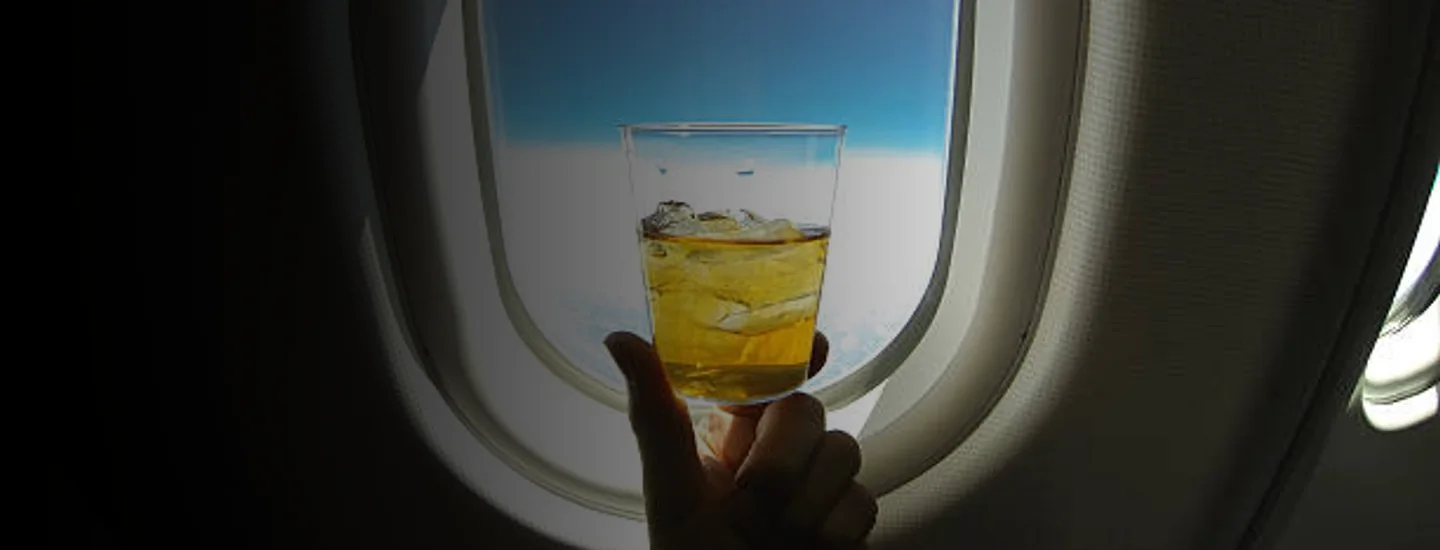For many in the hospitality sector in the UK and EU, things are looking anything but up right now for 2023. The continuing rise in fixed costs is threatening not just profitability but viability. However, could taking inspiration from the skies be a place to look for a pub pricing model better able to weather the economic storm?
The final AlixPartners and CGA Hospitality Market Monitor of 2022 revealed net closures of 150 licensed premises every week between June and September in the UK. At the end of October, UK Hospitality’s Q4 Hospitality Members’ Survey showed 35% of respondents were expecting to be operating at a loss or be unviable by the end of last year, reflecting the pressures applied from high energy and food costs. It’s a similar reality facing businesses across the European Union.
The European Central Bank’s economic update in early November pointed to the bitter-tasting irony of the impact rising price pressures are having on a service industry only recently offered the opportunity to bounce back: “By reducing people’s real incomes and pushing up costs for firms, high inflation continues to dampen spending and production. Demand for services is slowing, after a strong performance in previous quarters when those sectors most affected by the pandemic-related restrictions reopened.”
A new pricing premium
Footfall in pubs and bars may have bounced back during the festive season, although even this was likely muted by the impact of national rail strikes. However, as the New Year dawns, how should much-reduced volumes be better managed to keep operators afloat? This is further challenged as the profitability of many drinks has been eroded by inflation, so whatever volumes exist are likely to deliver even less profit.
‘Standard pricing’ calls for hiking all prices in line with cost increases to protect margins. However, given this has the potential to further dampen demand, the perfect storm of lower profitability and lower volumes runs the risk of no longer being able to cover the cost of running the establishment at all.
Are there then aspects of pricing models from other industries that could be brought to bear to help mitigate the situation? Industries with a high fixed cost base and/or those that are time related (e.g. airlines and hotels) often think about the profitability output of that asset over a period of time, and work out what revenue, and therefore pricing, is required to deliver that profit level during that period. More recently manufacturing industries have also started to come to a similar conclusion i.e. what products can they most profitably make for a given amount of manufacturing capacity in a set period. Different names are used for these pricing strategies (revenue management and profit velocity respectively) but ultimately all are seeking the same goal, to maximise total profitability from their cost base.
So how might this be applied to pubs? What, for example, is the minimum revenue or profit needed for a seat at the bar assuming a certain utilisation of seat capacity? The average customer basket would need to be carefully analysed to ensure that it delivers an acceptable level of revenue and profit, and drinks or food that do not meet this threshold would need to attract larger price increases to compensate. Equally, drinks or food that beat the threshold should attract a lower price increase such that consumer demand is not dampened for more profitable segments.
An example of this might be smaller measure drinks where consumers slowly nurse, for example, a half pint rather than a full one. Half pints have always commanded a price premium vs full pints (for equivalent volumes) to partially allow for this, but this premium has eroded over time by inflation, and now with this year’s events supercharging that devaluation.
A similar approach could also be taken for cheaper / own label beers, as consumers trading down from premium lagers puts disproportionate pressure on tighter per-measure margins. Again, we see this in other industries, for example in supermarkets, where low margins for private label products only work economically when blended with consumers also buying higher margin branded products. As consumers buy more and more private label goods, this balance shifts and we now start to see greater price increases on some private label goods vs branded ones.
Finally, there is time-based pricing, common in other industries such as rail travel. But beyond the traditional ‘happy hour’, pubs (and consumers) are not used to time-based pricing. This is also not a totally straightforward calculation. To get to a time-based pricing model aspects such as the average consumer basket, average length of stay, and average total venue utilisation could be used to back-calculate what individual food and drinks prices should be. All this though will vary by pub type e.g. wet-led London pub (busy after work) vs cosy food-led country pub (busy on a Sunday lunchtime), so pub chains with large diverse outlet types will need appropriate pricing models to manage that complexity.
Arriving at viable revenue and profitability
In summary then, the current trading climate and level of uncertainty means pricing is one of the few tools available to operators looking for ways to stay profitable, or even viable.
Then there’s the consumer appetite. How much customers will or can pay won’t be the same everywhere – consumer and pub segment insight and testing are vital factors.
With seat- and time-based price and margin analysis, the viability of a pub’s operations will become clearer resulting in more effective pricing strategies. It may also show that having the doors open on some nights of the week simply isn’t a viable proposition while this inflationary cycle plays out.
While consumer sentiment and trading outlooks are trending lower, a different operating model based on seat occupancy could prove to be a way to effectively manage the margins and keep the lights on and the drinks flowing.



